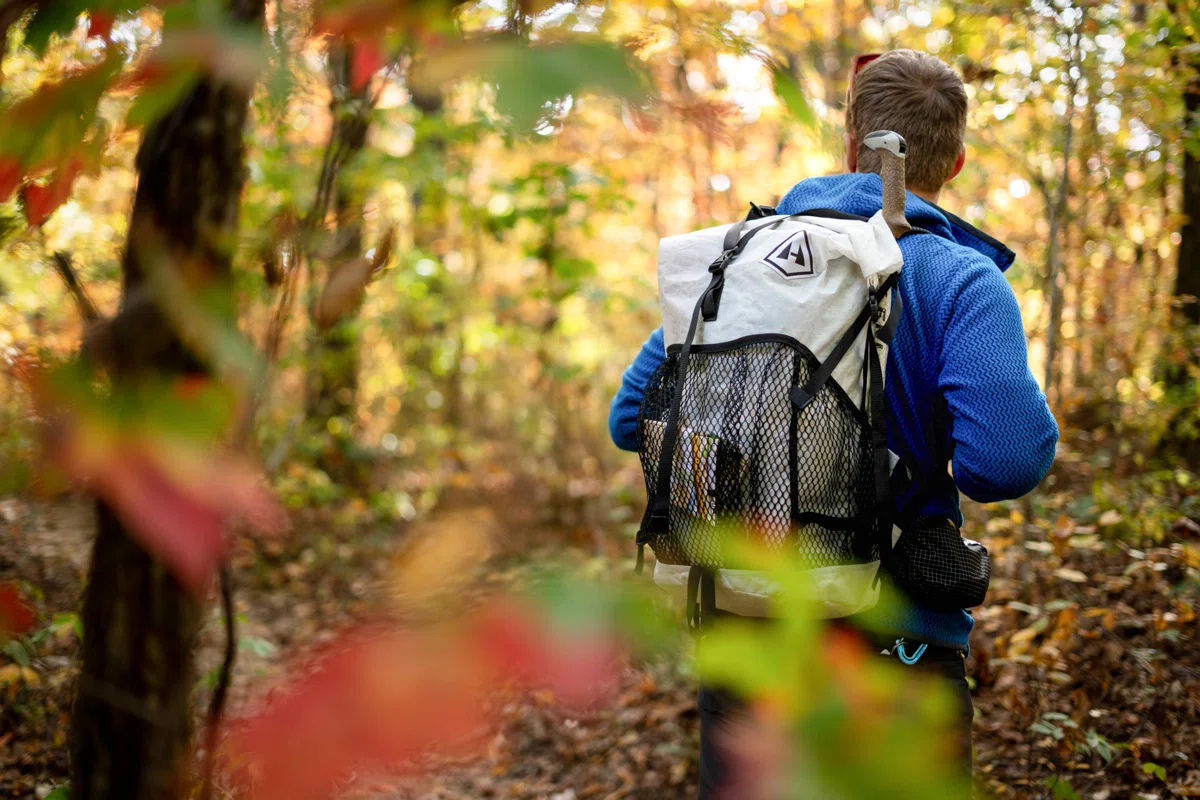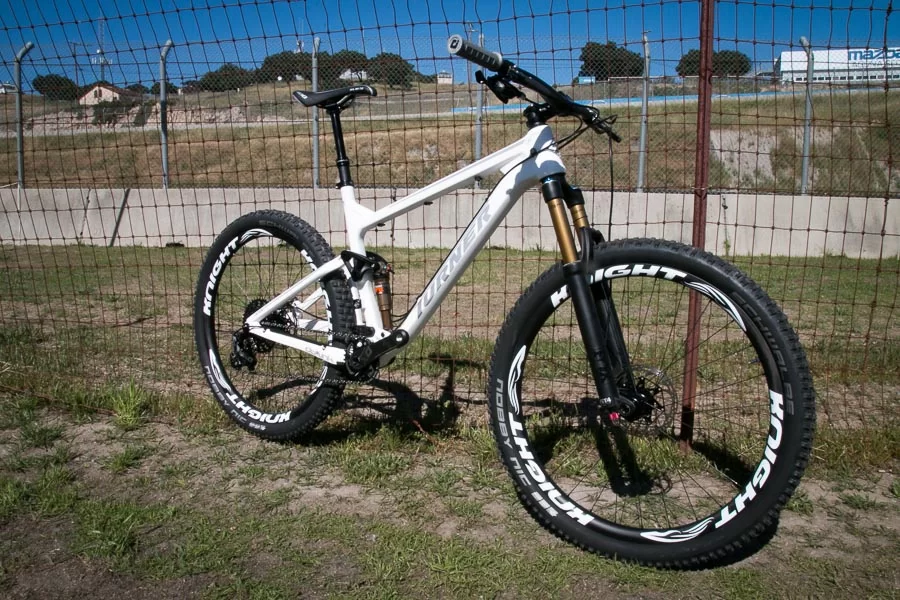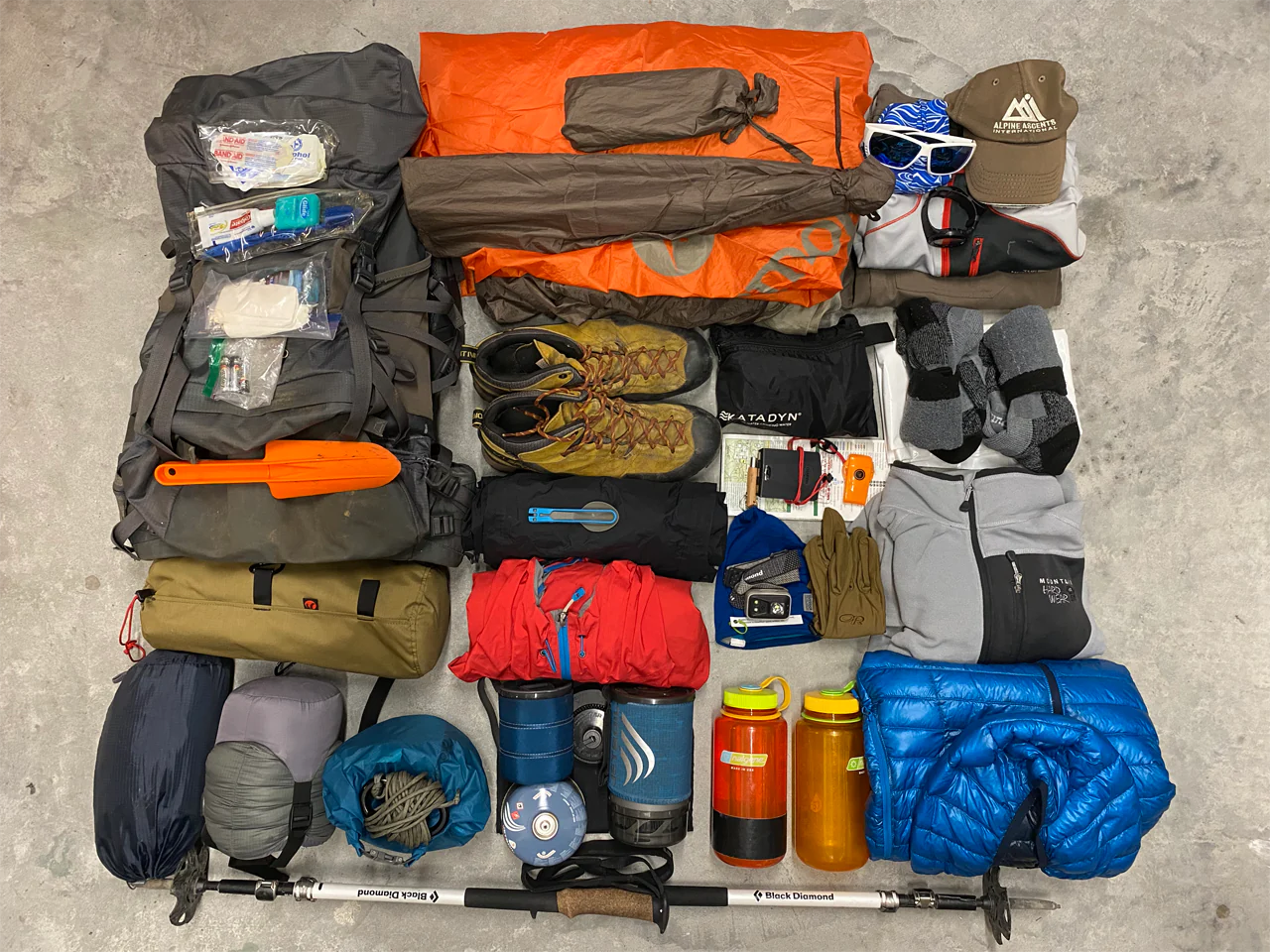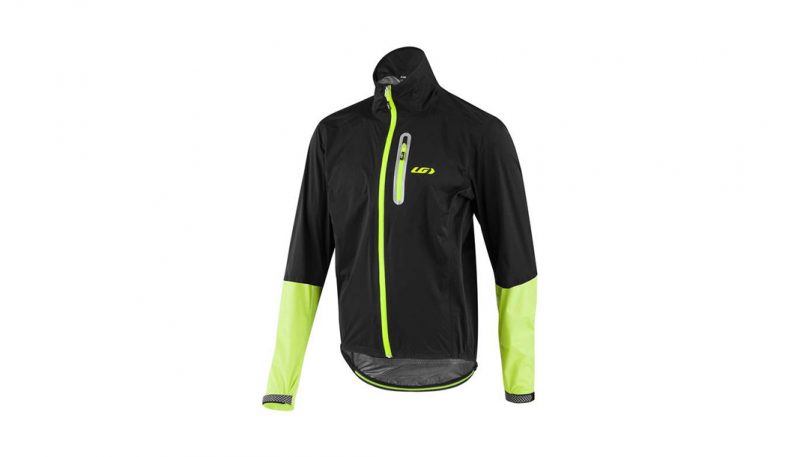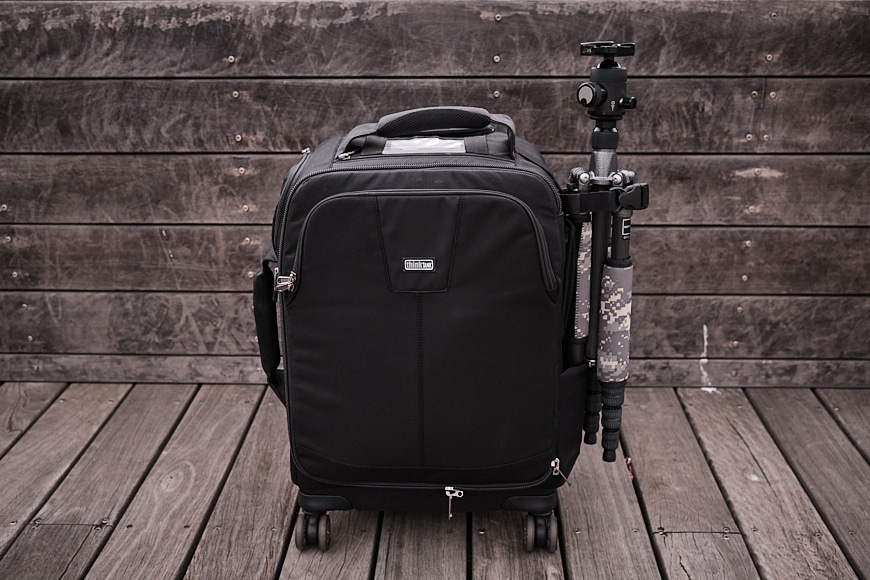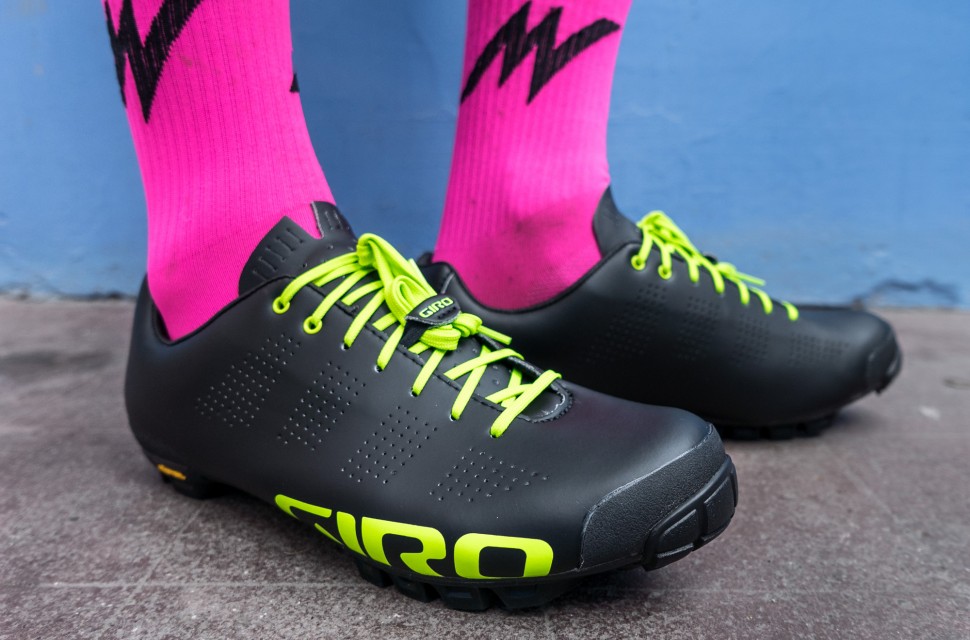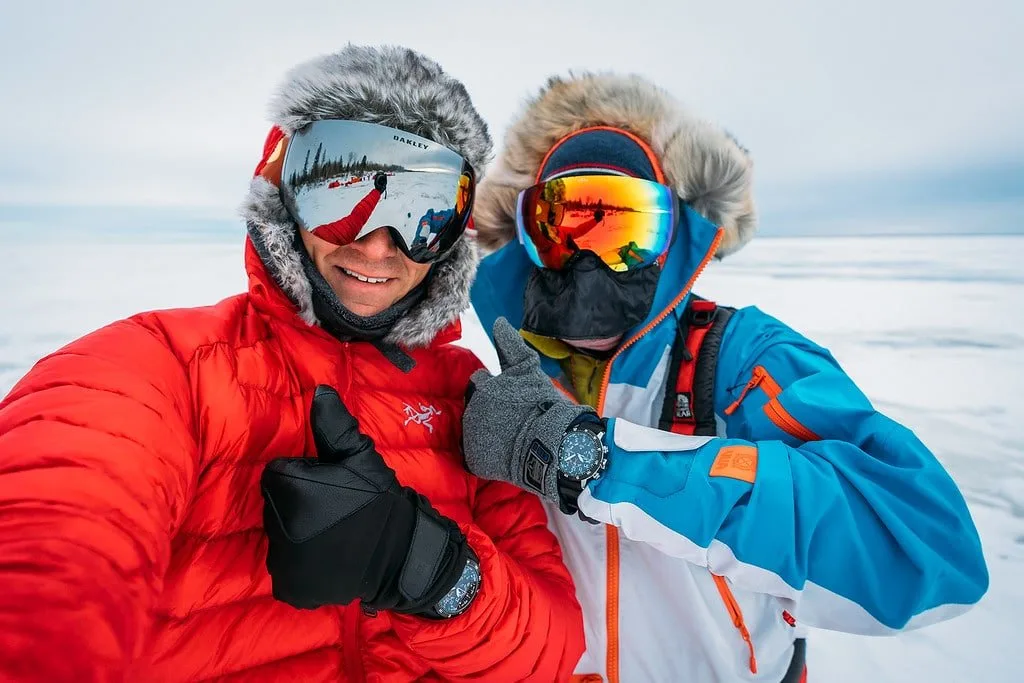Backpacking is one of the most rewarding ways to explore the great outdoors, allowing you to immerse yourself in nature while carrying everything you need on your back. However, the key to a successful backpacking trip lies in choosing lightweight gear that doesn’t compromise on quality or functionality. This guide will help you understand the essentials of lightweight backpacking gear, enabling you to travel farther with less weight.
1. The Importance of Weight Management
Before we dive into specific gear, it’s crucial to understand why weight management is essential for backpacking:
- Endurance: Carrying a lighter pack reduces fatigue, allowing you to hike longer distances and enjoy your surroundings.
- Speed: Lighter gear can help you move faster, making it easier to cover more ground each day.
- Comfort: A lighter load translates to less strain on your body, reducing the risk of injury and discomfort.
To achieve a lightweight setup, aim for a total pack weight (including food and water) of 20% to 25% of your body weight.
2. Choosing the Right Backpack
Your backpack is the foundation of your gear setup. Here are key considerations for selecting a lightweight backpack:
a. Capacity
Choose a backpack size that suits the length of your trip:
- Day Hikes: A pack with a capacity of 20-30 liters is generally sufficient.
- Weekend Trips: For 2-3 days, look for packs between 40-60 liters.
- Extended Trips: For multi-day backcountry excursions, opt for 60-80 liters.
b. Weight
Look for a lightweight backpack that balances durability and comfort. Aim for a pack that weighs around 2-4 pounds, depending on the size and features.
c. Features
- Adjustable Straps: Ensure the pack has a comfortable fit with adjustable shoulder straps and a hip belt to distribute weight evenly.
- Ventilation: A pack with a suspended mesh back panel allows airflow, reducing sweat buildup.
- Pockets and Compartments: Look for external pockets for easy access to gear like water bottles and snacks.
3. Shelter: Lightweight and Compact
When it comes to shelter, there are several options that prioritize weight without sacrificing protection:
a. Ultralight Tents
Ultralight tents typically weigh under 3 pounds and are designed for easy setup and portability. Look for:
- Material: Choose tents made from lightweight, durable fabrics like silnylon or Dyneema.
- Design: Consider a two-person tent for solo trips to have extra space for gear.
b. Tarps or Hammocks
For minimalist setups, consider using a tarp or hammock:
- Tarp: A simple tarp can provide shelter from rain and wind while weighing significantly less than a tent.
- Hammock: Hammocks are lightweight and can be set up between trees. Pair it with a rainfly for weather protection.
4. Sleeping System: Comfort Meets Portability
Your sleeping system is vital for a good night’s rest on the trail. Focus on lightweight and compact options:
a. Sleeping Bag
Select a sleeping bag designed for backpacking with:
- Temperature Rating: Ensure it is rated for the conditions you expect. Look for bags with a temperature rating suitable for your destination and season.
- Insulation Type: Down sleeping bags are lightweight and compressible but can be expensive. Synthetic bags are slightly heavier but perform better in wet conditions.
b. Sleeping Pad
A good sleeping pad provides comfort and insulation. Look for:
- Weight: Aim for a pad that weighs around 1-2 pounds.
- R-Value: Choose a pad with a higher R-value for better insulation in colder conditions.
- Packability: Inflatable pads pack small, making them easy to carry.
5. Cooking Gear: Lightweight and Efficient
When it comes to cooking, lightweight and efficient gear can make meal prep simple:
a. Camp Stove
Choose a stove that is lightweight and easy to use:
- Canister Stoves: These are compact, easy to set up, and ideal for quick meals. Look for models weighing under a pound.
- Alcohol Stoves: These are ultralight and simple to use, but may take longer to boil water.
b. Cookware
Opt for lightweight cookware that nests together to save space:
- Material: Aluminum is lightweight and heats quickly, while titanium is more durable but tends to be pricier.
- Size: A single pot or a pot and pan combo is usually sufficient for solo or small group cooking.
c. Utensils
Pack lightweight utensils that are easy to carry. Consider options made from titanium or durable plastic.
6. Hydration: Stay Refreshed on the Trail
Staying hydrated is crucial during your backpacking adventure. Here are some lightweight hydration solutions:
a. Water Bottles
Opt for lightweight, durable water bottles made from materials like stainless steel or BPA-free plastic. Consider:
- Size: Choose bottles that fit easily into your pack and are easy to carry.
- Insulation: Insulated bottles help keep water cold in hot weather.
b. Hydration Reservoirs
A hydration reservoir with a hose allows for hands-free drinking, making it easy to stay hydrated on the move. Look for options that are lightweight and easy to refill.
c. Water Filtration System
A lightweight water filtration system is essential for accessing clean water from natural sources. Consider:
- Filter Straws: Compact and easy to use, these filters allow you to drink directly from the water source.
- Pump Filters: These are slightly heavier but can filter larger volumes of water quickly.
7. Clothing: Layering for Success
Proper clothing is essential for comfort during your backpacking trip. Focus on lightweight, moisture-wicking materials that allow for layering:
a. Base Layer
Start with a moisture-wicking base layer made from merino wool or synthetic materials that help regulate body temperature and wick away sweat.
b. Insulation Layer
A lightweight fleece or down jacket provides essential warmth without adding bulk. Choose packable options that can easily fit in your backpack.
c. Outer Layer
A waterproof and breathable shell is crucial for protecting you from rain and wind. Look for lightweight jackets that can be easily stowed when not in use.
d. Footwear
Invest in lightweight, supportive hiking boots or trail runners. Look for options that provide good traction and comfort for long distances.
8. Navigation Tools: Finding Your Way
Navigation is crucial for safe backpacking. Carry lightweight tools that help you stay oriented:
a. Map and Compass
Even in the digital age, a traditional map and compass are essential for navigation. They are lightweight, reliable, and don’t require batteries.
b. GPS Device
A lightweight GPS device can help track your route and waypoints. Ensure it has a long battery life and can withstand outdoor conditions.
c. Smartphone Apps
Download offline maps and navigation apps that can be used without cell service. Apps like Gaia GPS or AllTrails are great for planning and navigating your route.
9. Safety Gear: Prepared for Emergencies
Safety should always be a priority while backpacking. Pack lightweight safety gear to manage emergencies:
a. First Aid Kit
A compact first aid kit is essential for treating minor injuries. Include items such as bandages, antiseptic wipes, pain relievers, and any personal medications.
b. Multi-Tool or Knife
A lightweight multi-tool or knife is invaluable for various tasks. Look for durable options that fit comfortably in your hand.
c. Firestarter Kit
A firestarter kit is essential for warmth, cooking, and signaling for help. Include waterproof matches, a lighter, and fire-starting materials like tinder.
10. Food: Lightweight Nutrition
Planning your meals is essential for energy on the trail. Focus on lightweight, high-calorie options that are easy to prepare:
a. Dehydrated Meals
Dehydrated meals are lightweight and only require boiling water for preparation. Brands like Mountain House and Backpacker’s Pantry offer a variety of options.
b. Trail Mix
A mix of nuts, seeds, and dried fruits provides energy and is easy to carry. Make your own or purchase pre-made mixes.
c. Energy Bars
Convenient and packed with nutrients, energy bars are great for quick snacks and can easily fit in your pack.
Conclusion
Lightweight backpacking gear is essential for maximizing your outdoor experience while minimizing fatigue and discomfort. By carefully selecting your gear—from your backpack and shelter to cooking equipment and clothing—you can travel farther with less weight. Prioritizing lightweight, high-quality gear will not only enhance your comfort but also allow you to enjoy the beauty of nature on your adventures. Happy backpacking!

